Home>Garden Essentials>How To Seed Cycle
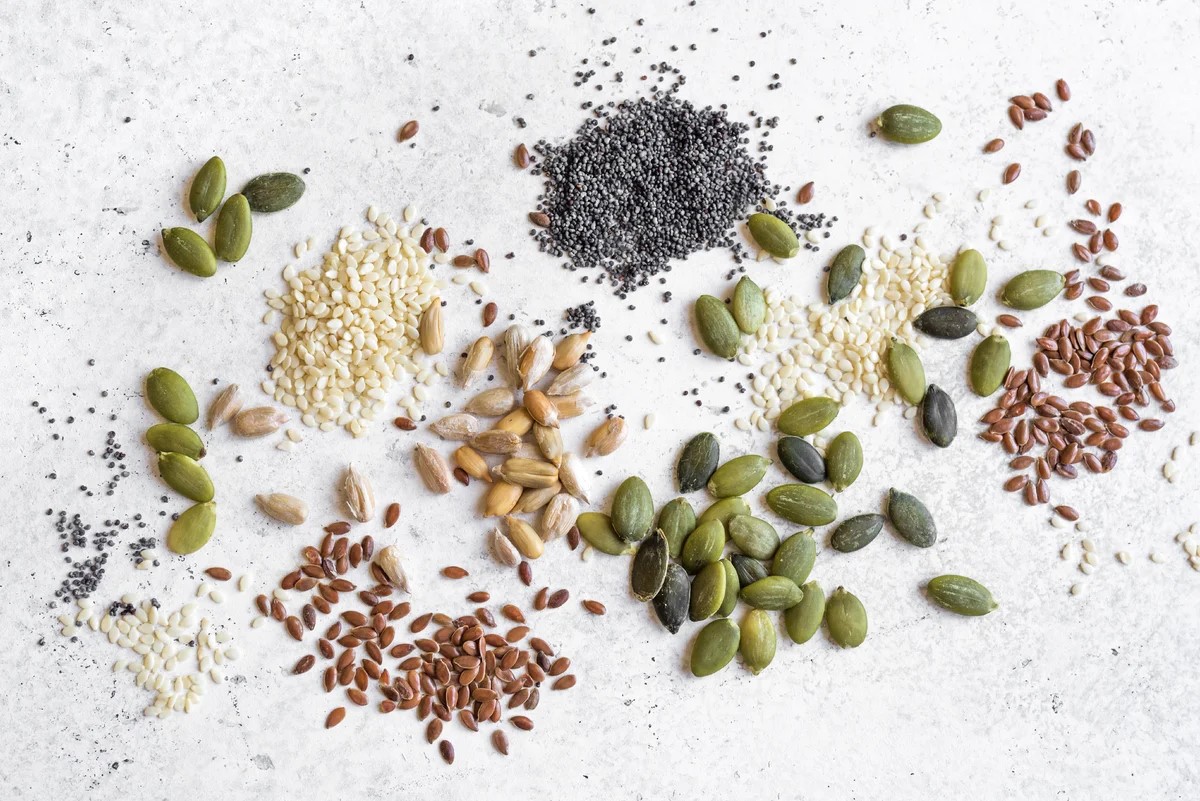

Garden Essentials
How To Seed Cycle
Modified: March 15, 2024
Discover the ultimate guide on how to seed cycle in your garden. Optimize your planting schedule and promote healthy growth with this expert advice.
(Many of the links in this article redirect to a specific reviewed product. Your purchase of these products through affiliate links helps to generate commission for Storables.com, at no extra cost. Learn more)
Introduction
Welcome to the world of seed cycling! If you’re a garden enthusiast or someone who’s interested in holistic health, you may have come across the term “seed cycling” in recent times. Seed cycling has gained popularity as a natural method to balance hormones and support overall well-being. But what exactly is seed cycling and how can it benefit you? In this article, we will explore the ins and outs of seed cycling, its benefits, and how to implement it effectively.
Seed cycling is a dietary practice that involves consuming specific types of seeds during different phases of a woman’s menstrual cycle. The aim is to promote hormonal balance and relieve symptoms associated with hormonal fluctuations such as PMS, irregular periods, and menstrual cramps.
By incorporating various seeds into your diet at specific times throughout the month, you can harness the power of their unique nutritional profiles to support your body’s natural hormone production and metabolism.
The benefits of seed cycling extend beyond hormone regulation. Many individuals who have adopted this practice report improvements in their skin health, digestion, energy levels, and overall mood.
Now that we’ve piqued your interest, let’s delve deeper into how seed cycling works and the specific benefits associated with this natural approach.
Key Takeaways:
- Seed cycling is a natural way to support hormonal balance and reproductive health by incorporating specific seeds into your diet during different phases of your menstrual cycle.
- By following seed cycling guidelines and being mindful of potential side effects, you can embrace this holistic approach to promote hormone regulation and overall well-being.
Read more: What Is Printer Duty Cycle
What is Seed Cycling?
Seed cycling is a holistic approach to addressing hormonal imbalances and supporting reproductive health by incorporating specific seeds into your diet. It is a natural and non-invasive method that aims to regulate hormone production and promote a healthy menstrual cycle.
The concept behind seed cycling lies in the fact that certain seeds contain plant compounds, such as lignans and phytosterols, that can have a positive impact on hormone metabolism. These compounds have been linked to estrogen and progesterone regulation, which are key hormones involved in the menstrual cycle.
The practice of seed cycling typically involves two phases: the follicular phase and the luteal phase. The follicular phase begins on the first day of menstruation and lasts until ovulation occurs, while the luteal phase starts after ovulation and ends with the onset of the next menstrual period.
During the follicular phase, which is characterized by increasing estrogen levels, it is recommended to consume a combination of flaxseeds and pumpkin seeds. Flaxseeds contain lignans, which possess phytoestrogenic properties that can help balance estrogen levels in the body. Pumpkin seeds are rich in zinc, which supports progesterone production and aids in hormone balance.
In the luteal phase, when progesterone levels are higher, it is suggested to switch to a combination of sesame seeds and sunflower seeds. Sesame seeds are known for their high content of lignans and phytosterols, which can help metabolize excess estrogen. Sunflower seeds are a great source of vitamin E, magnesium, and selenium, which can support hormonal health and reduce symptoms associated with PMS.
By incorporating these seeds into your diet during the corresponding phases of your menstrual cycle, you may help regulate hormone levels, reduce hormonal symptoms, and support overall reproductive health.
It is important to note that seed cycling is not meant to replace medical treatment for hormonal imbalances or underlying medical conditions. It is always beneficial to consult with a healthcare professional before making any significant changes to your diet or treatment plan.
Benefits of Seed Cycling
Seed cycling offers a range of potential benefits for women seeking natural ways to support hormonal balance and reproductive health. While individual experiences may vary, many women who have incorporated seed cycling into their lifestyle report the following benefits:
- Hormonal balance: Seed cycling works by promoting optimal estrogen and progesterone levels throughout the menstrual cycle. This can help regulate irregular periods, reduce PMS symptoms, and ease hormonal fluctuations that often lead to mood swings and irritability.
- Improved fertility: By supporting healthy hormone production and balance, seed cycling may enhance the chances of conceiving for couples trying to get pregnant. It can also help regulate menstrual cycles, making it easier to track ovulation and plan for conception.
- Reduced PMS symptoms: Many women experience physical and emotional discomfort during the premenstrual phase. Seed cycling can help alleviate symptoms such as bloating, breast tenderness, mood swings, and menstrual cramps, allowing for a smoother transition into menstruation.
- Healthy skin: Hormonal imbalances can often manifest on the skin in the form of acne, blemishes, or dull complexion. The nutrients present in different seeds can support healthy skin by assisting in detoxification, reducing inflammation, and promoting a clear and glowing complexion.
- Digestive support: Flaxseeds and pumpkin seeds, commonly used in the follicular phase of seed cycling, are high in fiber and can assist in promoting regular bowel movements and maintaining a healthy digestive system.
- Natural approach: Seed cycling is a non-invasive and natural method to support hormonal health. It provides an alternative to hormonal medications or interventions, offering a more holistic and gentle approach to addressing imbalances.
It’s important to note that while seed cycling has shown promising results for many women, individual experiences may vary. It may take a few cycles for changes to become noticeable, and the effectiveness of seed cycling may depend on factors such as overall health, diet, and lifestyle.
As with any dietary or lifestyle changes, it’s advisable to consult with a healthcare professional or a qualified nutritionist before beginning seed cycling, especially if you have underlying medical conditions or are taking any medications.
How Seed Cycling Works
Seed cycling works on the principle of incorporating specific seeds into your diet during different phases of your menstrual cycle to support hormonal balance. The seeds used in seed cycling contain unique nutritional profiles that can assist in hormone regulation. Here’s a breakdown of how seed cycling works:
Phase 1: Follicular Phase (Days 1-14 of the menstrual cycle)
During the follicular phase, which begins on the first day of menstruation and lasts until ovulation, estrogen levels gradually increase. To support estrogen metabolism, it is recommended to consume flaxseeds and pumpkin seeds. Flaxseeds, rich in lignans, have phytoestrogenic properties that can help balance estrogen levels in the body. Pumpkin seeds, on the other hand, are a great source of zinc, which aids in hormone balance and supports progesterone production.
Phase 2: Luteal Phase (Days 15-28 of the menstrual cycle)
After ovulation, the luteal phase begins, characterized by higher progesterone levels. To support progesterone metabolism and promote hormonal balance during this phase, it is recommended to switch to sesame seeds and sunflower seeds. Sesame seeds are rich in lignans and phytosterols, known for their ability to metabolize excess estrogen. Sunflower seeds, on the other hand, contain vitamin E, magnesium, and selenium, which can aid in hormone regulation and reduce symptoms associated with PMS.
By consuming these specific seeds during their respective phases, you are providing your body with essential nutrients that support hormonal health and balance throughout your menstrual cycle.
It’s important to note that incorporating seed cycling into your routine requires consistency and commitment. It may take a few menstrual cycles for changes to become noticeable, so it’s advisable to give it a fair trial period of a few months.
Be mindful of your body’s individual needs and adjust your seed cycling routine accordingly. Some women may find that they need to extend or shorten each phase depending on the length of their menstrual cycle. It’s all about finding what works best for you.
Remember, seed cycling is a complementary approach to support overall wellness. It should not be considered a standalone treatment for serious hormonal imbalances or underlying medical conditions. If you have concerns about your hormonal health, it is always recommended to consult with a healthcare professional for a comprehensive evaluation and guidance.
Phase 1: Follicular Phase
The follicular phase is the first half of the menstrual cycle, starting from the first day of menstruation and lasting until ovulation occurs. During this phase, the focus is on supporting estrogen production and metabolism, as estrogen levels gradually rise.
Seed cycling during the follicular phase involves incorporating two key seeds into your diet: flaxseeds and pumpkin seeds.
Flaxseeds:
Flaxseeds are small, brown or golden seeds that are packed with nutritional benefits. They are rich in lignans, which are a type of plant compound with phytoestrogenic properties. Phytoestrogens are beneficial for hormone regulation as they can interact with estrogen receptors in the body, potentially balancing estrogen levels.
Incorporating flaxseeds into your diet during the follicular phase can support estrogen metabolism and balance. You can grind flaxseeds and add them to smoothies, yogurt, oatmeal, or sprinkle them on top of salads or roasted vegetables.
Pumpkin seeds:
Pumpkin seeds, also known as pepitas, are nutrient-dense seeds that offer various health benefits. They are a rich source of zinc, a mineral that plays a vital role in hormone production and balance. Zinc supports the conversion of estrogen to progesterone, helping maintain hormonal equilibrium.
During the follicular phase, including pumpkin seeds in your diet can support healthy progesterone levels and assist in hormone balance. You can enjoy pumpkin seeds as a snack on their own, or incorporate them into salads, trail mixes, or homemade energy bars.
It’s important to remember that both flaxseeds and pumpkin seeds should be raw and unsalted to maximize their nutritional value. Store them in a cool, dry place to maintain their freshness.
By consuming flaxseeds and pumpkin seeds during the follicular phase, you provide your body with essential nutrients to support estrogen metabolism and hormone balance throughout this phase of your menstrual cycle.
Remember, seed cycling is a natural approach and may take a few menstrual cycles to notice any changes. It’s important to be consistent in your seed consumption and listen to your body’s needs. If you have any concerns or specific medical conditions, it’s advisable to consult with a healthcare professional before starting seed cycling.
When seed cycling, it’s important to use high-quality, organic seeds to ensure you’re getting the most nutrients. Look for seeds that are raw, unsalted, and free from any additives or preservatives.
Read more: What Is Sanitize Cycle On Washer
Phase 2: Luteal Phase
The luteal phase is the second half of the menstrual cycle, starting after ovulation and lasting until the onset of the next menstrual period. During this phase, the focus shifts to supporting progesterone production and metabolism, as progesterone levels rise.
Seed cycling during the luteal phase involves incorporating two key seeds into your diet: sesame seeds and sunflower seeds.
Sesame seeds:
Sesame seeds are tiny, nutrient-packed seeds that have been used for centuries in various cuisines and traditional remedies. They are rich in lignans and phytosterols, which are plant compounds known for their estrogen-modulating properties.
Incorporating sesame seeds into your diet during the luteal phase can support progesterone metabolism and help balance hormonal activity. You can sprinkle sesame seeds on top of salads, stir-fries, or roasted vegetables. You can also use tahini, a paste made from ground sesame seeds, as a tasty addition to sauces, dressings, or as a spread.
Sunflower seeds:
Sunflower seeds are a well-loved snack and a delicious addition to various dishes. They are packed with nutrients, including vitamin E, magnesium, and selenium, which are beneficial for hormonal health.
During the luteal phase, incorporating sunflower seeds into your diet can support hormonal balance, reduce PMS symptoms, and aid in overall well-being. You can enjoy sunflower seeds as a snack on their own, sprinkle them on salads and soups, or use them in homemade granola or energy bars.
It’s important to consume raw and unsalted sesame seeds and sunflower seeds to obtain their full nutritional benefits. Store them in a cool, dry place to maintain freshness and prevent rancidity.
By including sesame seeds and sunflower seeds in your diet during the luteal phase, you provide your body with essential nutrients to support progesterone metabolism and hormonal balance throughout this phase of your menstrual cycle.
Remember, seed cycling is a natural approach and requires consistency to notice any potential changes. Everyone’s body is unique, and it may take a few menstrual cycles to observe the benefits. If you have any specific health concerns or medical conditions, it’s recommended to consult with a healthcare professional before starting seed cycling.
Seed Cycling Guidelines
When implementing seed cycling, it’s important to follow certain guidelines to maximize its potential benefits. Here are some general guidelines to consider:
- Know your menstrual cycle: Understanding the length and phases of your menstrual cycle is essential for effective seed cycling. Start seed cycling on the first day of your menstrual period and continue throughout the entire cycle.
- Choose high-quality, organic seeds: Opt for high-quality, organic seeds to ensure they are free from pesticides and other harmful chemicals. This will help maximize their nutritional value and minimize the risk of consuming unwanted toxins.
- Freshness and storage: Store your seeds in a cool, dry place to maintain their freshness. This will help preserve their nutritional integrity and prevent rancidity.
- Grind flaxseeds before consuming: Flaxseeds have a hard outer shell that may make it difficult for your body to fully absorb their nutrients. Grinding flaxseeds before consumption increases their digestibility and enhances nutrient absorption. You can use a coffee grinder or a blender to grind the flaxseeds to a fine powder.
- Consume seeds daily: Incorporate the specific seeds for each phase of your menstrual cycle into your daily diet. Aim to consume them consistently throughout their respective phases to support hormone balance and efficacy.
- Seed quantities: There are no set quantities for seed consumption during seed cycling. A general guideline is to consume one tablespoon of ground flaxseeds or sesame seeds and one tablespoon of pumpkin seeds or sunflower seeds daily during their respective phases. However, you can adjust the quantity according to your preference and tolerance.
- Balance and variety: While seed cycling focuses on specific seeds during each phase, it’s important to maintain a balanced and varied diet overall. Incorporate a wide range of whole foods, including fruits, vegetables, whole grains, lean proteins, and healthy fats to support overall health and well-being.
- Listen to your body: Pay attention to how your body responds to seed cycling. Everyone’s body is unique, and you may need to adjust the quantities or timing of seeds based on your individual experience and needs. If you experience any adverse effects or have concerns, it’s best to consult with a healthcare professional.
Remember, seed cycling is a natural approach and may not yield immediate results. It may take a few menstrual cycles to notice any changes in hormonal balance and overall well-being. Be patient, stay consistent, and prioritize overall lifestyle factors, including a nutritious diet, regular exercise, stress management, and adequate sleep, for optimal hormonal health.
If you have specific health concerns or medical conditions, it’s important to consult with a healthcare professional before implementing seed cycling or making any significant changes to your diet or lifestyle.
Tips for Seed Cycling Success
Implementing seed cycling into your routine can be a beneficial practice for hormonal balance and reproductive health. To maximize the potential benefits and make your seed cycling journey a success, consider the following tips:
- Consistency is key: To experience the potential benefits of seed cycling, consistency is crucial. It’s important to incorporate the specific seeds for each phase of your menstrual cycle consistently and diligently.
- Plan ahead: Take some time to plan and prepare your meals in advance. By having your seeds, recipes, and meals ready, you’ll be more likely to stick to your seed cycling routine.
- Experiment with recipes: Make seed cycling more enjoyable by experimenting with different recipes. There are numerous ways to incorporate seeds into your diet, such as adding them to smoothies, salads, baked goods, granola, or homemade energy bars. Explore new flavors and get creative in the kitchen.
- Try seed cycling with a friend: Engage a friend or partner in seed cycling together. You can offer each other support, exchange recipe ideas, and discuss your experiences. Having a buddy can make the journey more fun and motivating.
- Listen to your body: Pay attention to how your body responds to seed cycling. Keep a journal to track any changes or improvements in your menstrual cycle, symptoms, energy levels, or overall well-being. This will help you understand how seed cycling is influencing your body and make necessary adjustments if needed.
- Practice mindful eating: When consuming your seeds, take a moment to savor and appreciate the nourishment you are providing to your body. Chew slowly and mindfully to enhance digestion and nutrient absorption.
- Prioritize overall wellness: Seed cycling is just one piece of the puzzle for hormonal health. Remember to prioritize other lifestyle factors that contribute to overall well-being, including regular exercise, stress management techniques, adequate sleep, and a well-rounded diet.
- Seek professional guidance: If you have specific health concerns, are on medication, or have underlying medical conditions, it’s advisable to consult with a healthcare professional or a qualified nutritionist before starting seed cycling. They can provide personalized guidance and ensure it aligns with your specific needs.
- Be patient: Hormonal balance takes time, and it may take a few cycles of seed cycling to notice any significant changes. It’s important to have realistic expectations and be patient with the process. Trust your body and give it time to adjust and respond to the seed cycling practice.
Remember, seed cycling is a natural and holistic approach to support hormonal health. Every woman’s body is unique, and individual experiences may vary. What works for one person may not work the same way for another. Listen to your body, adjust as needed, and celebrate the small victories along your seed cycling journey.
Lastly, always consult with a healthcare professional or a qualified nutritionist before incorporating seed cycling or making any significant changes to your diet or lifestyle, especially if you have specific health concerns or medical conditions.
Potential Side Effects
Seed cycling is generally considered safe and well-tolerated by most individuals. However, it’s important to be aware of potential side effects that may arise when implementing seed cycling into your routine. These side effects, though rare, may include:
- Digestive issues: Some individuals may experience digestive discomfort, such as bloating, gas, or changes in bowel movements, when consuming certain seeds. This is especially true if you’re not accustomed to consuming high-fiber foods. It’s important to start with smaller quantities and gradually increase your intake to allow your body to adapt.
- Allergies or sensitivities: While rare, some individuals may have allergies or sensitivities to specific seeds used in seed cycling, such as sesame or pumpkin seeds. It’s important to be aware of any existing seed allergies you may have and avoid those seeds. If you experience any allergic reactions, such as itching, swelling, or difficulty breathing, discontinue seed cycling and seek medical attention.
- Hormonal fluctuations: As you incorporate seed cycling into your routine, you may experience temporary fluctuations in your menstrual cycle and hormone levels. This is normal as your body adjusts to the changes brought about by seed cycling. However, if you notice persistent or severe changes in your menstrual cycle or hormonal symptoms, it’s advisable to consult with a healthcare professional for further evaluation.
- Interactions with medications or medical conditions: If you’re taking medications or have underlying medical conditions, it’s important to consult with a healthcare professional before starting seed cycling. Certain medications or conditions may interact with the seeds used in seed cycling, potentially altering their effectiveness or causing unintended effects. Your healthcare provider can provide personalized guidance based on your specific needs.
- Unwanted weight changes: Some individuals may experience changes in their weight while practicing seed cycling. This can be due to various factors, including hormonal shifts and changes in dietary habits. If you have concerns about weight changes, it’s recommended to consult with a healthcare professional or a registered dietitian who can provide guidance and support.
These potential side effects are rare, but it’s important to be aware of them. It’s always advised to listen to your body and adjust your seed cycling routine if you experience any adverse effects. Start with smaller quantities of seeds and gradually increase as tolerated. If you have any concerns or questions, don’t hesitate to consult with a healthcare professional for guidance.
Remember, seed cycling is a natural approach and should not replace medical treatment for hormonal imbalances or underlying medical conditions. It’s always best to seek professional advice for comprehensive evaluation and guidance tailored to your individual needs.
Read more: What Is HVAC Short Cycling
Conclusion
Seed cycling is a natural and non-invasive method that can potentially support hormonal balance and reproductive health. By incorporating specific seeds into your diet during different phases of your menstrual cycle, you can harness the power of their unique nutritional profiles to promote hormone regulation and overall well-being.
The practice of seed cycling offers a range of potential benefits, including hormonal balance, improved fertility, reduced PMS symptoms, healthier skin, and digestive support. However, it’s important to remember that individual experiences may vary, and it may take a few menstrual cycles to notice any significant changes. Patience and consistency are key.
When implementing seed cycling, it’s crucial to follow guidelines such as knowing your menstrual cycle, using high-quality seeds, storing seeds properly, grinding flaxseeds, and balancing seed quantities. It’s also essential to listen to your body, prioritize overall wellness, and seek professional guidance if needed.
While seed cycling is generally considered safe, it’s important to be aware of potential side effects such as digestive issues, allergies, hormonal fluctuations, and interactions with medications or medical conditions. If you experience any adverse effects or have concerns, it’s best to consult with a healthcare professional.
In conclusion, seed cycling is a holistic approach that blends nutrition and menstrual cycle awareness to support hormonal health. It offers a natural alternative to hormonal medications and interventions, allowing women to take an active role in their reproductive well-being.
Remember, seed cycling is just one piece of the puzzle for hormonal balance. Incorporate other lifestyle factors such as regular exercise, stress management techniques, adequate sleep, and a balanced diet to optimize overall hormonal health.
Whether you’re experiencing menstrual irregularities, seeking relief from PMS symptoms, or simply looking to support your reproductive health, seed cycling may be worth exploring. Embrace this natural practice, listen to your body, and embark on a journey of hormonal harmony and well-being.
Frequently Asked Questions about How To Seed Cycle
Was this page helpful?
At Storables.com, we guarantee accurate and reliable information. Our content, validated by Expert Board Contributors, is crafted following stringent Editorial Policies. We're committed to providing you with well-researched, expert-backed insights for all your informational needs.

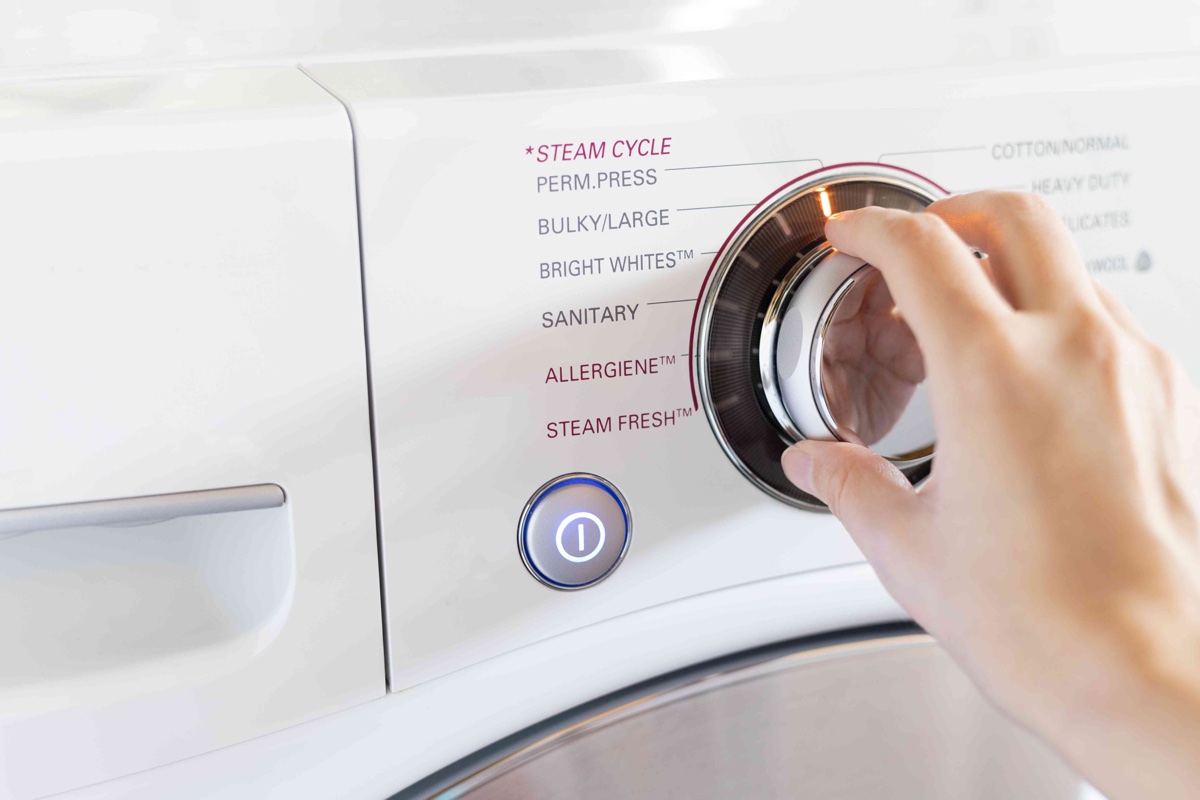
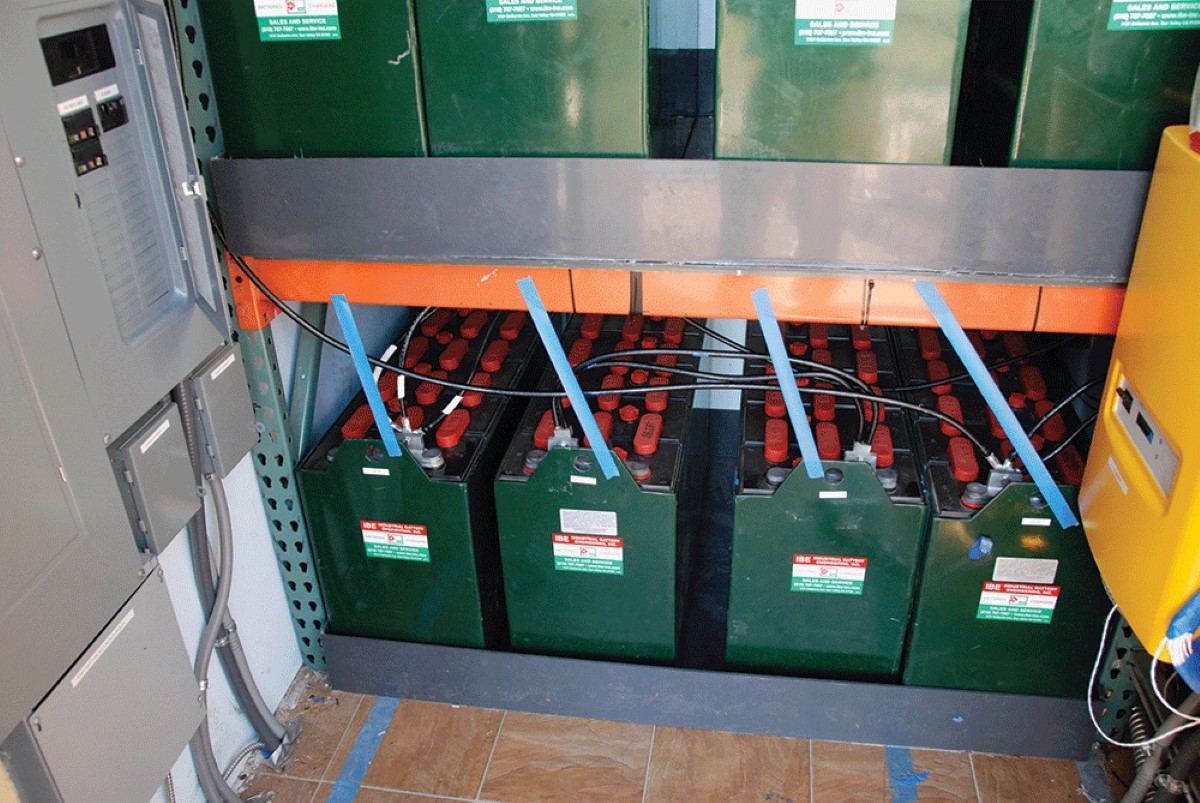
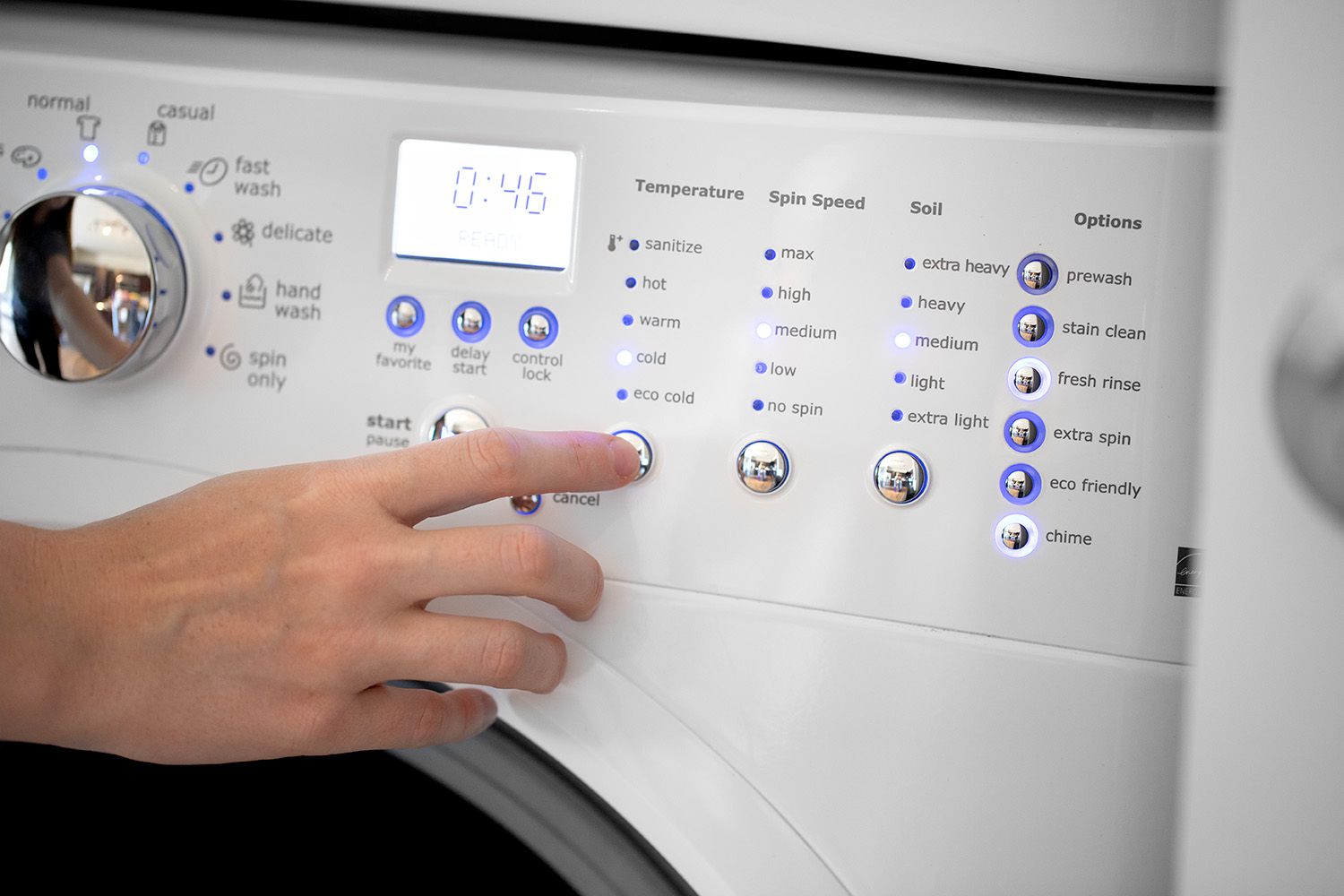


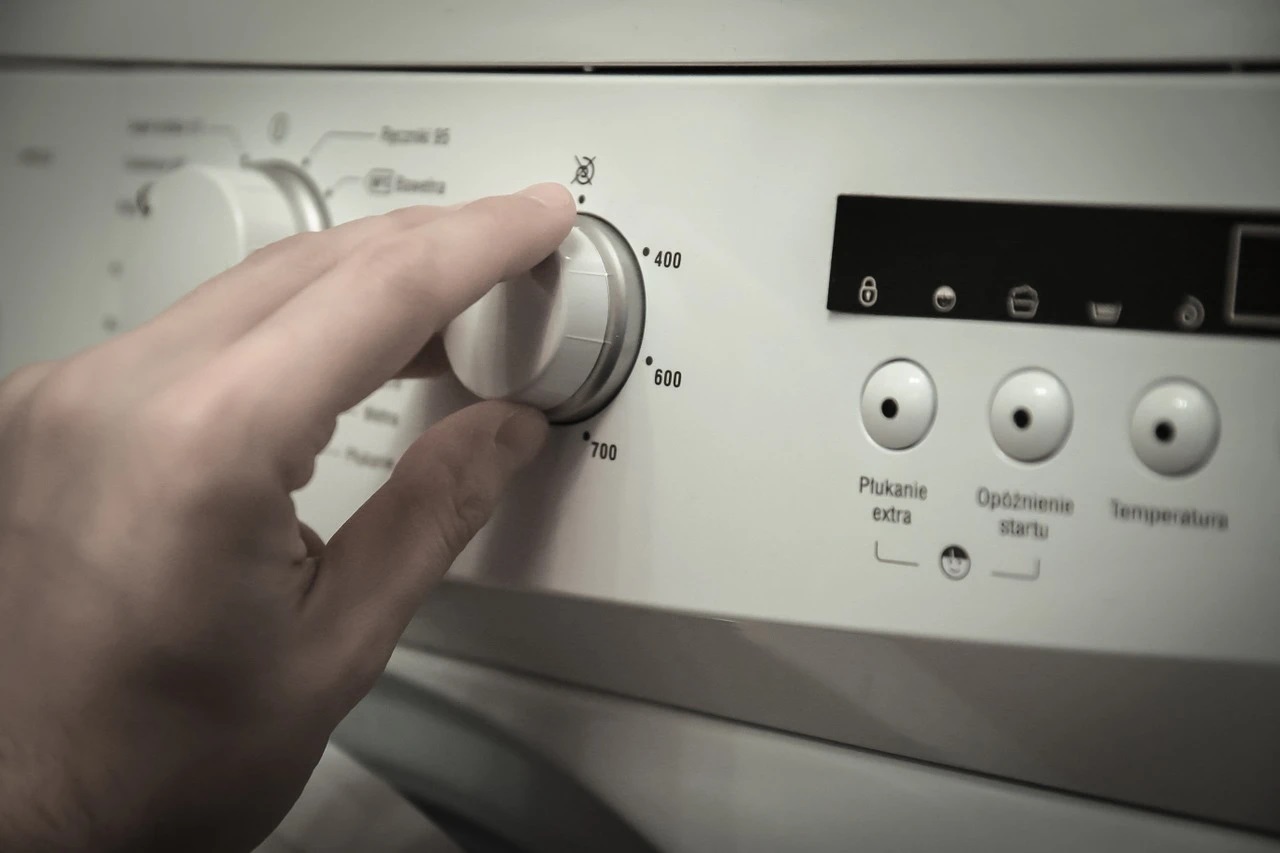
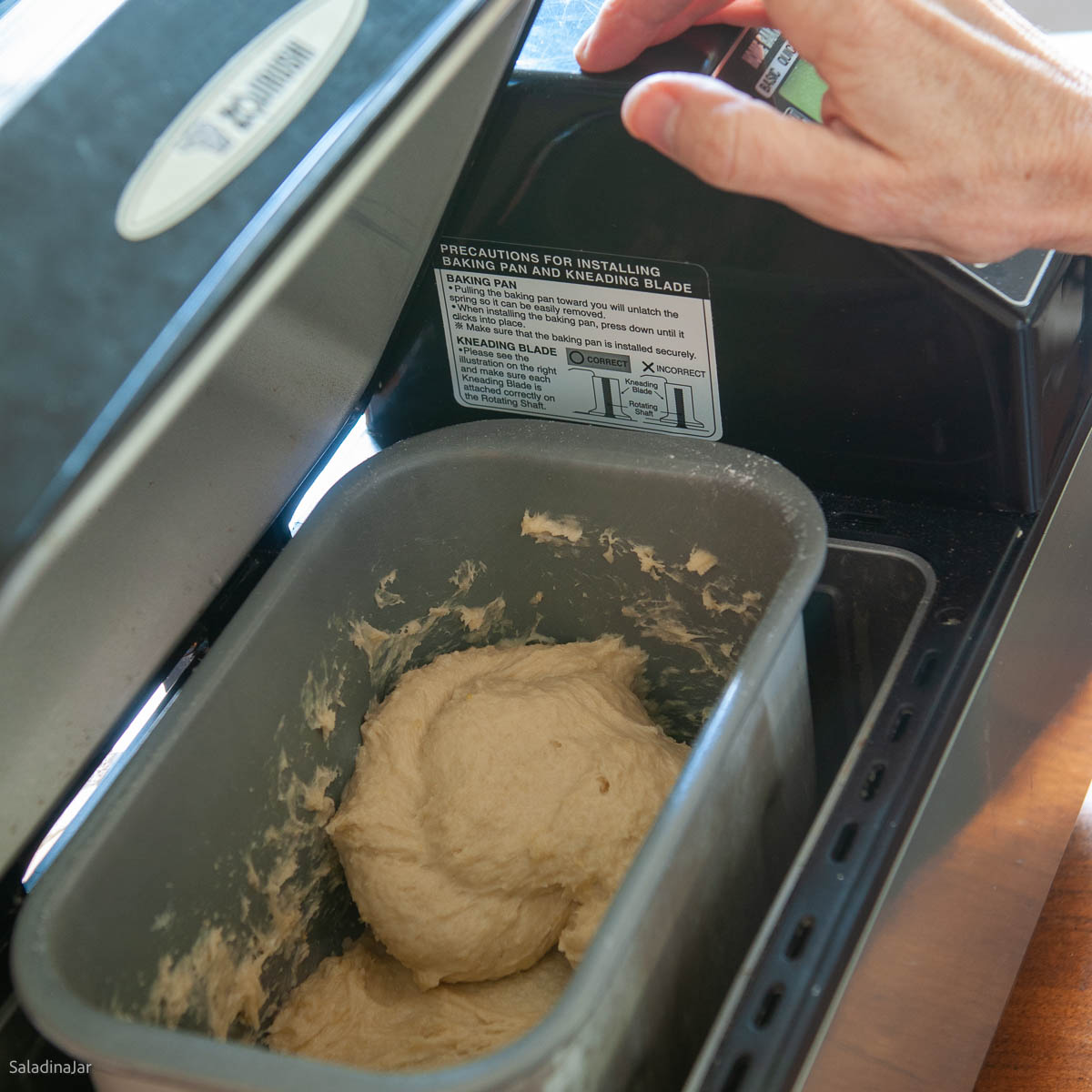
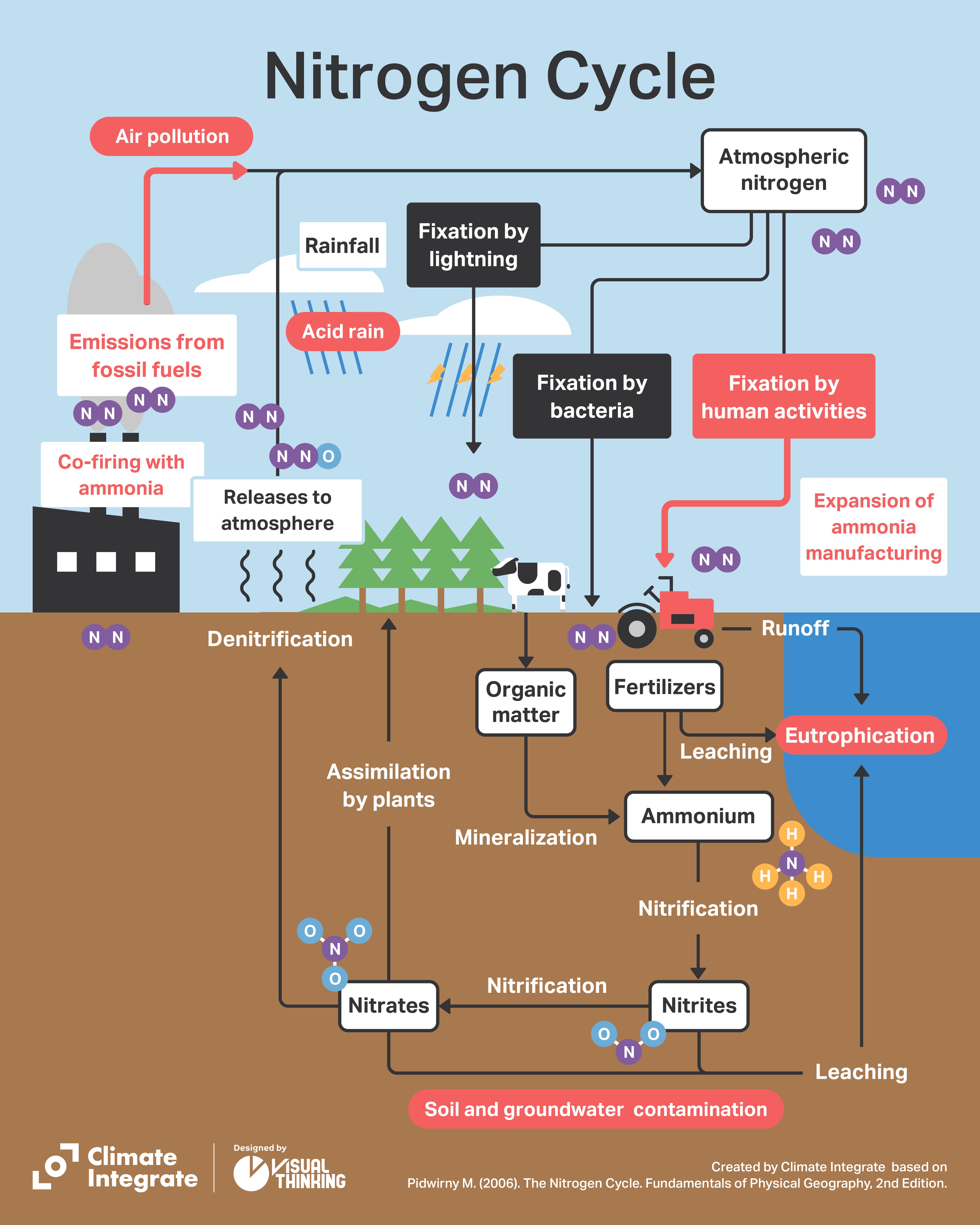
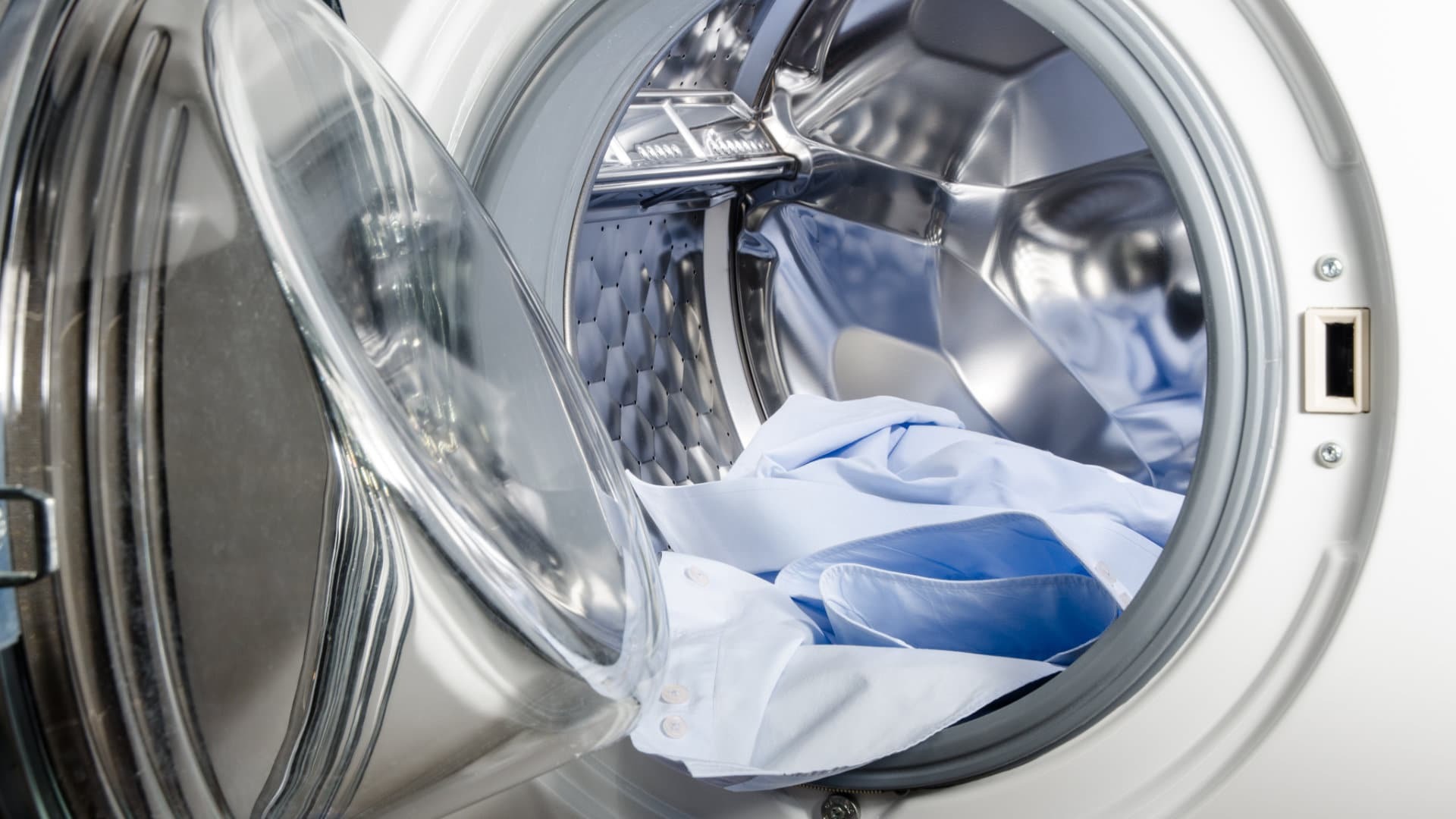
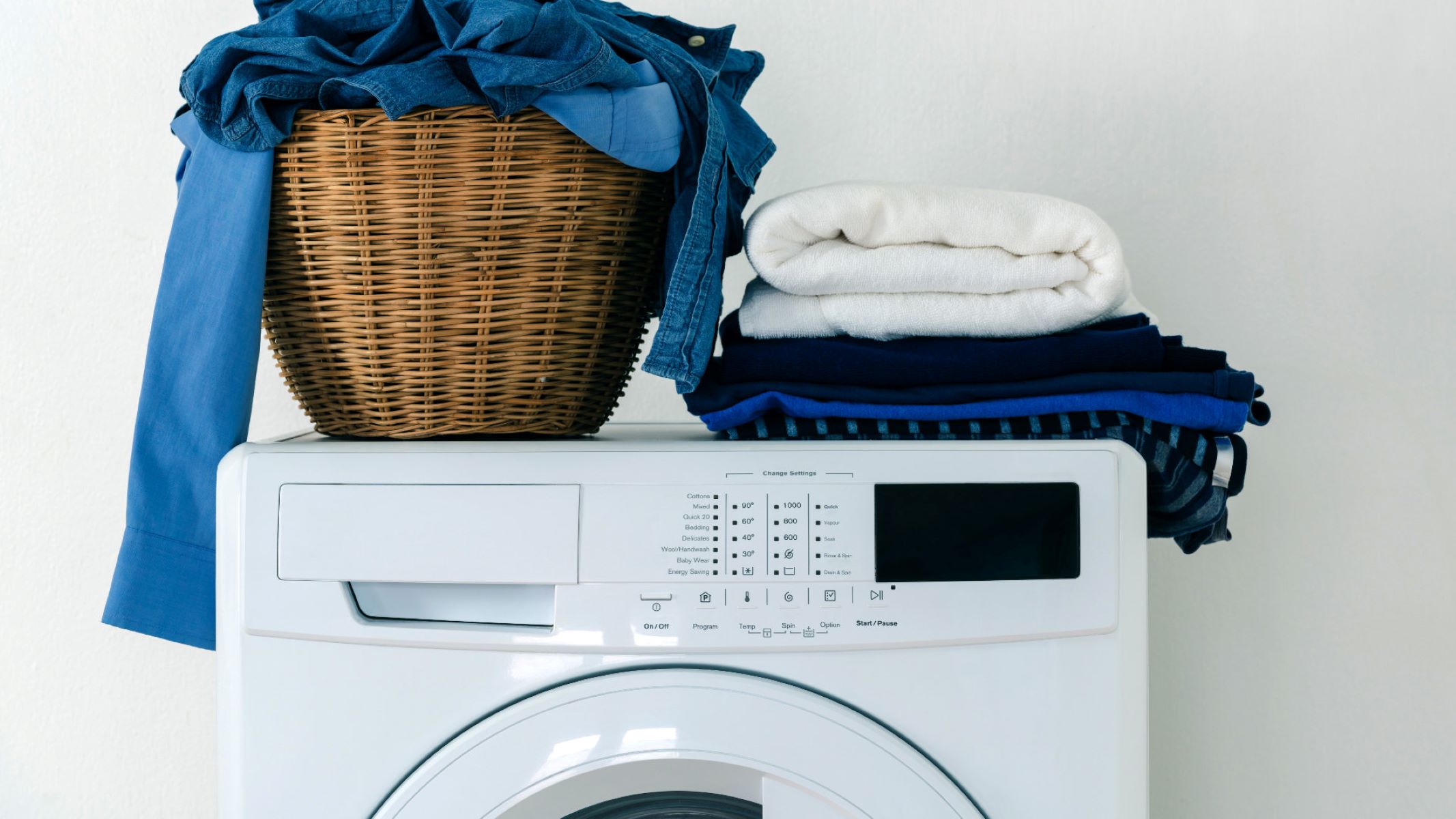
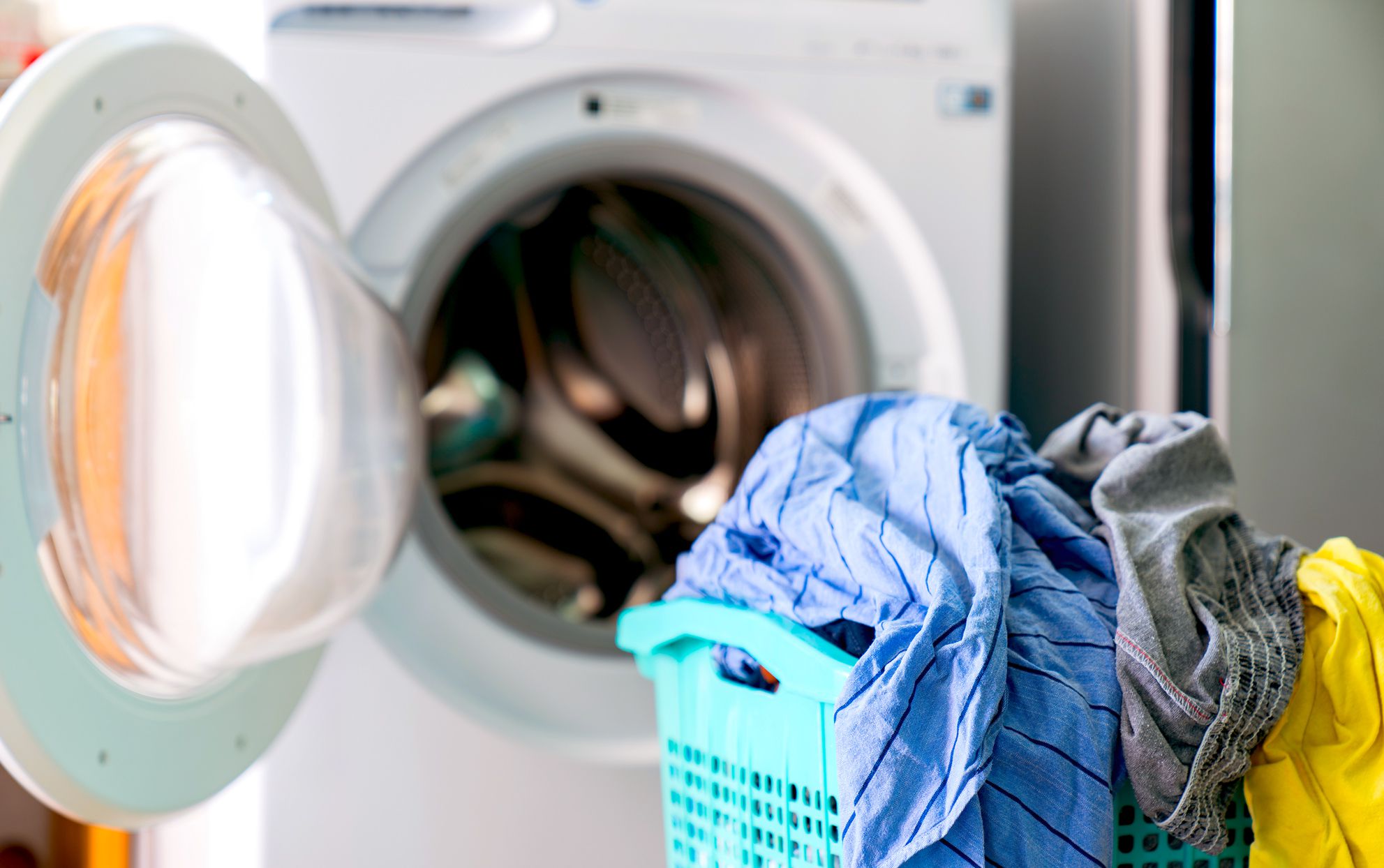


0 thoughts on “How To Seed Cycle”